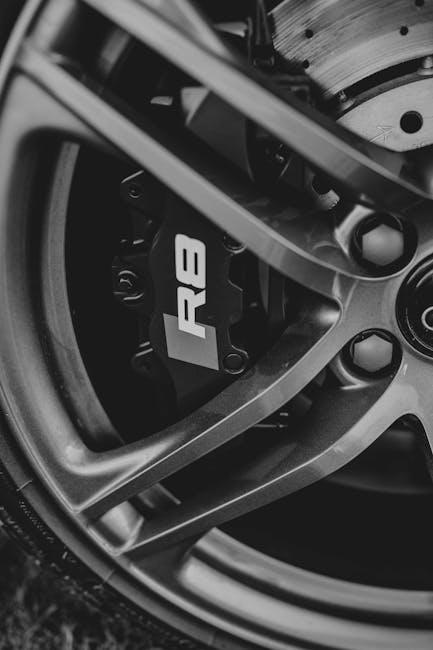When it comes to stopping power, not all brakes are created equal. Whether you’re cruising down the highway or navigating city streets, the choice between disc and drum brakes plays a crucial role in safety and performance. But what exactly sets these two braking systems apart? In this article, we’ll peel back the layers to explore the mechanics, advantages, and trade-offs of disc and drum brakes—helping you understand the key differences that can influence your driving experience. Buckle up as we dive into the heart of what makes each brake type unique.
Table of Contents
- Understanding the Core Mechanics of Disc and Drum Brakes
- Performance and Efficiency in Various Driving Conditions
- Maintenance Demands and Longevity Considerations
- Safety Factors and Heat Dissipation Capabilities
- Cost Analysis and Replacement Frequency Insights
- Choosing the Right Brake System for Your Vehicle Needs
- Q&A
- In Summary
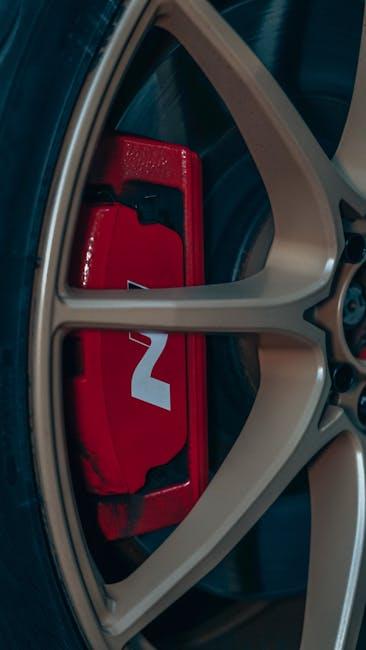
Understanding the Core Mechanics of Disc and Drum Brakes
At the heart of vehicle braking technology lie two fundamental designs, each with its distinct approach to halting motion. Disc brakes function by squeezing brake pads against a spinning metal disc (rotor) attached to the wheel. This friction converts the vehicle’s kinetic energy into heat, effectively slowing the car down. The system is valued for its ability to dissipate heat quickly, helping maintain consistent braking power even under heavy use. Components such as calipers and pistons work in unison to clamp down on the rotor, offering precise, responsive braking performance.
Conversely, drum brakes operate by pushing brake shoes outward against the inside of a spinning drum connected to the wheel. This design encloses the braking surface, which can trap heat and moisture, sometimes reducing efficiency compared to discs. However, the drum setup’s compactness and cost-effectiveness make it a popular choice for rear wheels or lighter applications. Below is a simple comparison outlining their core mechanics:
| Feature | Disc Brakes | Drum Brakes |
|---|---|---|
| Mechanism | Pads clamp onto rotor | Shoes press outward on drum |
| Heat Dissipation | Excellent | Moderate to poor |
| Enclosure | Exposed rotor | Enclosed drum |
| Maintenance | Easier, quicker pad replacement | More complex shoe adjustment |
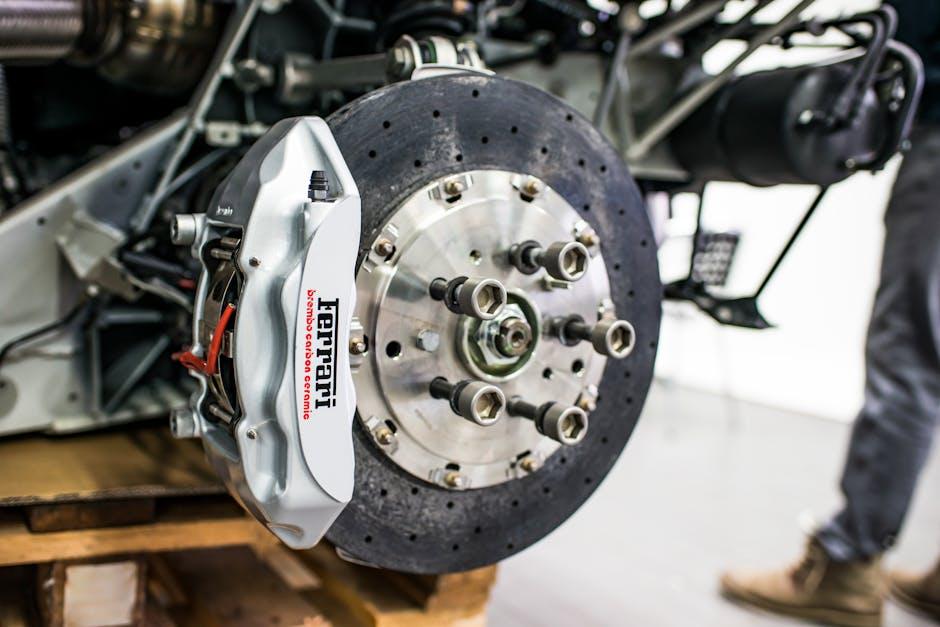
Performance and Efficiency in Various Driving Conditions
When navigating city streets or stop-and-go traffic, disc brakes shine due to their superior heat dissipation. Their exposed design allows air to cool the brake pads quickly, minimizing the risk of brake fade during frequent use. This efficiency ensures that drivers maintain consistent braking power even in heavy traffic conditions. Conversely, drum brakes tend to retain more heat because of their enclosed structure, which may result in reduced performance when brakes are applied repeatedly in such environments.
However, when tackling long downhill stretches or hauling heavier loads, drum brakes exhibit notable advantages. Their larger friction surface provides ample stopping force, and their self-energizing mechanism helps reduce pedal effort. Consider this simple comparison of their typical effectiveness in different scenarios:
| Driving Condition | Disc Brakes | Drum Brakes |
|---|---|---|
| City Traffic | Excellent heat control, consistent stopping | Prone to overheating, less consistent |
| Heavy Load/Long Descents | Effective, but can fade over time | Strong holding power, less fade |
| Wet Conditions | Quick drying, reliable grip | May trap moisture, reduced efficiency |
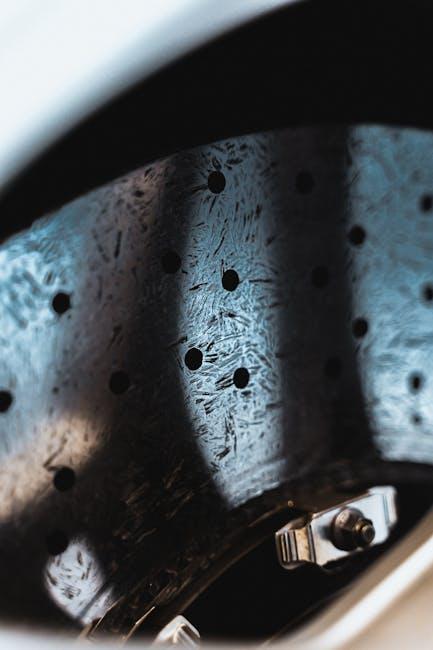
Maintenance Demands and Longevity Considerations
When it comes to upkeep, disc brakes generally require less frequent maintenance compared to drum brakes. Their design allows for better heat dissipation, which in turn reduces wear and tear on the brake components. The exposed nature of disc brake pads makes it easier to inspect and replace them, while drum brakes often require more labor-intensive inspections due to their enclosed setup. Additionally, moisture and debris tend to affect drum brakes more, leading to potential rust and quicker degradation, especially in humid or wet climates.
Longevity is another crucial factor to consider. While drum brakes might offer longevity advantages in low-stress, rear-wheel applications due to their self-energizing mechanism, disc brakes typically provide more consistent stopping power over time. In the table below, you’ll find a quick comparison showcasing the general durability trends of each system under typical driving conditions:
| Brake Type | Average Pad/Shoe Lifespan | Resistance to Wear | Heat Management |
|---|---|---|---|
| Disc Brakes | 30,000 – 70,000 miles | High | Excellent |
| Drum Brakes | 40,000 – 80,000 miles | Moderate | Moderate |
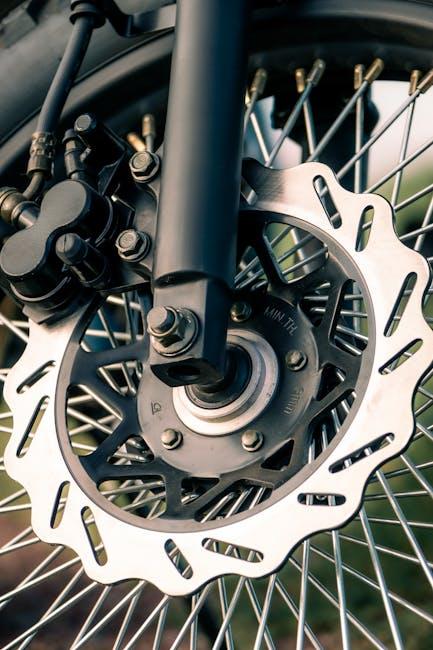
Safety Factors and Heat Dissipation Capabilities
When it comes to safety, disc brakes offer a significant advantage due to their superior heat dissipation capabilities. The exposed design of the disc allows heat generated during braking to escape quickly, preventing overheating—a common cause of brake fade. This means the braking performance remains consistent even during prolonged or aggressive use. In contrast, drum brakes encase the braking surface, trapping heat inside, which can lead to reduced efficiency and increased wear over time. This makes disc brakes a preferred choice for vehicles requiring reliable and safe stopping power under varied driving conditions.
Key differences in heat management include:
- Disc Brakes: Open design, quick heat dispersion, less prone to brake fade
- Drum Brakes: Enclosed design, heat retention, increased risk of overheating
| Feature | Disc Brake | Drum Brake |
|---|---|---|
| Heat Dissipation | Efficient | Limited |
| Brake Fade Resistance | High | Low |
| Maintenance Impact | Less frequent | More frequent |

Cost Analysis and Replacement Frequency Insights
When evaluating the financial aspect of disc and drum brakes, it’s clear that the initial cost and ongoing maintenance play pivotal roles in the overall value. Disc brakes typically come with a higher upfront price due to their advanced design and materials. However, they often provide increased longevity and superior performance under heavy use. On the other hand, drum brakes are more economical initially and cheaper to manufacture, making them a common choice in budget-friendly vehicles or for rear braking systems. Yet, the replacement of drum brake components tends to be more frequent, especially if the brake drums wear unevenly or suffer from heat distortion.
Understanding how often each brake type needs replacement can guide smarter buying decisions. Consider the table below comparing typical replacement frequencies and associated costs for disc versus drum systems:
| Brake Type | Replacement Frequency | Average Cost per Replacement | Maintenance Complexity |
|---|---|---|---|
| Disc Brakes | Every 30,000–70,000 miles | $150–$300 | Moderate |
| Drum Brakes | Every 20,000–50,000 miles | $100–$200 | Low |
- Disc brake pads wear out more evenly, reducing frequent replacements.
- Drum brake shoes may need adjustment or earlier replacement, increasing maintenance costs over time.
- Disc systems are more resilient to heat, leading to longer service intervals.
- Drum brakes’ simpler setup can be easier to service but might require more frequent labor.
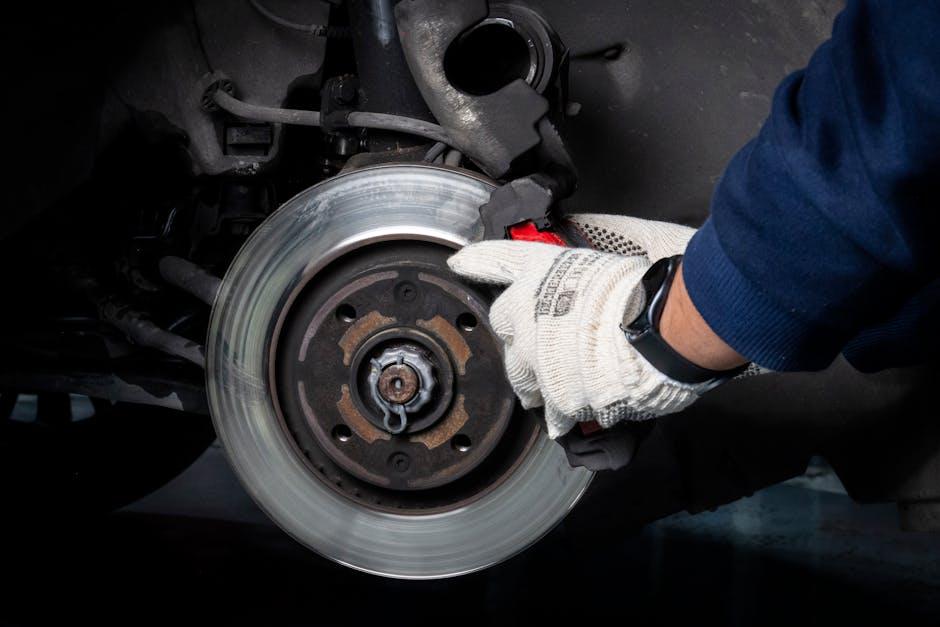
Choosing the Right Brake System for Your Vehicle Needs
When deciding between brake systems, it’s essential to evaluate how each option aligns with your vehicle’s performance requirements and driving habits. Disc brakes excel in heat dissipation, making them ideal for high-speed conditions and vehicles requiring strong, consistent stopping power. Their exposed rotor design allows for faster cooling, reducing the risk of brake fade during prolonged use or in mountainous terrain. On the other hand, drum brakes come with a sealed design that protects the internal components from dirt and debris, often translating to longer-lasting parts and lower maintenance costs, which can be advantageous for vehicles used primarily in urban or low-speed environments.
Consider the following factors to better match your brake system to your needs:
- Driving style: Aggressive drivers may benefit more from disc brakes’ superior stopping power.
- Climate and terrain: Disc brakes perform better in wet and mountainous conditions.
- Maintenance budget: Drum brakes often have cheaper replacement parts and longer service intervals.
- Vehicle type: Heavier vehicles might require disc brakes for optimal performance and safety.
| Feature | Disc Brakes | Drum Brakes |
|---|---|---|
| Heat Dissipation | Excellent | Moderate |
| Maintenance Cost | Higher | Lower |
| Durability Against Dirt | Moderate | High |
| Performance in Wet Conditions | High | Lower |
| Cost | Higher | Lower |
Q&A
Q: What are disc brakes and drum brakes?
A: Disc brakes use a flat, rotating metal disc (rotor) that is squeezed by brake pads when you press the brake pedal, creating friction to slow or stop the wheel. Drum brakes have a hollow, drum-shaped housing attached to the wheel, with brake shoes inside that press outward against the drum to create friction and slow the vehicle.
Q: How do disc brakes compare to drum brakes in terms of performance?
A: Disc brakes generally provide better stopping power and heat dissipation, making them more effective in high-performance or demanding situations. Drum brakes tend to be less efficient at heat management, which can lead to brake fade during prolonged use.
Q: Which type of brake is more common on modern vehicles?
A: Most modern vehicles use disc brakes on the front wheels due to their superior braking ability and heat handling. Many cars still use drum brakes on the rear wheels as a cost-effective solution, but fully disc-brake systems are becoming more popular.
Q: What are the main advantages of disc brakes?
A: Disc brakes offer quicker response, better performance in wet conditions (since water is shed off the rotor faster), easier maintenance, and greater resistance to brake fade.
Q: And what about the advantages of drum brakes?
A: Drum brakes are typically less expensive to manufacture and can provide strong braking force at a lower cost. They also have a self-energizing effect, which reduces the effort needed to brake in some cases.
Q: Are there any differences in maintenance between disc and drum brakes?
A: Yes. Disc brakes are usually easier and quicker to inspect and replace because the pads are visible and accessible. Drum brakes require removing the drum, making servicing a bit more time-consuming and potentially more complex.
Q: How do each of these brakes handle heat?
A: Disc brakes dissipate heat efficiently because their exposed rotor surface allows air to cool it quickly. Drum brakes tend to trap heat inside the drum, which can cause brake fade if overheated, reducing braking effectiveness.
Q: Which type of brake is better suited for daily driving?
A: Both can work well for everyday use, but disc brakes generally offer more consistent performance and safety. Drum brakes still perform adequately, especially on rear wheels, for typical low- to medium-demand driving conditions.
Q: Can you convert drum brakes to disc brakes?
A: Yes, conversions are possible and sometimes done to improve braking performance, but they require careful installation and compatible components. Professional advice is recommended before attempting this.
Q: What should consumers consider when choosing between disc and drum brakes?
A: Factors include vehicle type, driving conditions, budget, and maintenance preferences. Disc brakes offer superior performance but at a slightly higher cost, while drum brakes can be a cost-effective, reliable option for less demanding uses.
In Summary
In the race of braking technology, both disc and drum brakes have carved out their own unique lanes—each with strengths that suit different driving styles and needs. Whether it’s the crisp, confident stopping power of disc brakes or the steady, reliable grip of drum brakes, understanding their differences helps you make informed choices for your vehicle’s performance and safety. So next time you press the pedal, you’ll know exactly what’s working behind the scenes to bring you safely to a halt.
